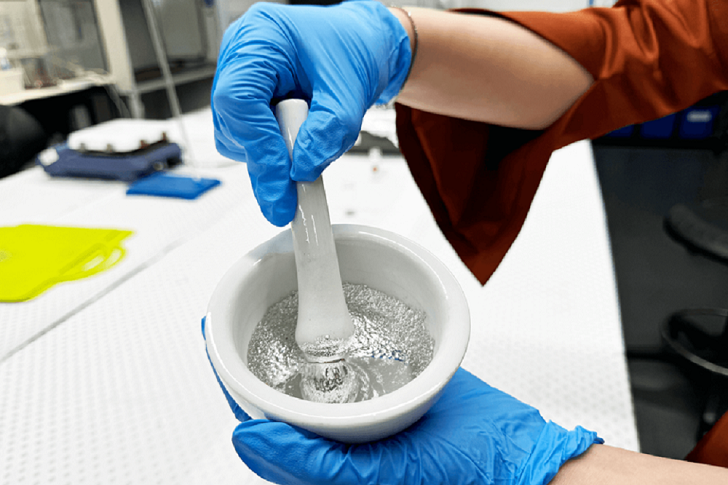Shape-shifting robots are pushing the boundaries of what’s possible in both the medical and tech repair industries. These innovative robots, which can melt and reform into their original shape, bring a new level of versatility to spaces where traditional robots and tools fall short. This technology holds the potential to revolutionize how we approach complex tasks in hard-to-reach places.
How Shape-Shifting Robots Work
Unlike traditional robots, which are rigid and often struggle to maneuver through small or irregular spaces, shape-shifting robots offer a solution through their ability to change states. Researchers have achieved this by using a metal called gallium, which has a low melting point of about 86 degrees Fahrenheit. When magnetic particles are added, the robots can be controlled with magnets, allowing them to move, melt, and re-solidify. This unique ability enables them to carry out tasks that would be impossible for regular robots.

The use of magnets is key to the robot’s flexibility. By applying an alternating magnetic field, scientists can raise the robot’s temperature, turning it into a liquid. When the magnetic field is removed, the robot cools and solidifies again. This process, called a magnetoactive solid-liquid phase transition, allows the robot to adapt to various environments and complete tasks that require strength and flexibility.
Applications in Tech Repairs
Shape-shifting robots could prove invaluable in tech repairs, particularly in assembling and maintaining hard-to-reach circuits. These robots can melt and reform into tiny, precise shapes, like a screw socket, making them ideal for repairs in tight or delicate spaces. Traditional tools often cannot reach these areas, but shape-shifting robots can navigate effortlessly and adapt their form to fit.
The ability to shift between solid and liquid states also makes these robots useful for soldering circuits. Researchers demonstrated this by using the robots to solder a circuit board, proving their potential in fine-tuning delicate electronic repairs. Their capacity to morph into various shapes makes them more efficient than static, rigid tools, saving time and reducing the risk of damage to sensitive components.
Medical Applications of Shape-Shifting Robots
The medical field stands to benefit enormously from shape-shifting robots. These robots could navigate the human body to retrieve foreign objects or deliver targeted treatments. In a study, researchers used one of these robots to remove a ball from a model human stomach. The robot melted, enveloped the ball, and then re-solidified to carry it out of the model, all while maintaining precision and control.
This technology could replace more invasive surgical tools, making it easier to perform delicate procedures inside the human body. The robot’s ability to melt, reform, and move fluidly through small spaces could eventually minimize the need for open surgeries. However, before these robots can be used on real patients, researchers must figure out how to track the robots accurately within the body.

The Future of Shape-Shifting Robots
While shape-shifting robots are still in their early stages, their future applications are wide-ranging. In addition to medical and tech repairs, these robots could be used in industries that rely on tight, hard-to-reach spaces. They could help inspect pipelines, repair spacecraft, or assist in environmental cleanups, showcasing the vast potential of this technology.
The key to their success lies in their ability to adapt. Traditional tools and robots are often limited by their rigid forms. On the other hand, shape-shifting robots can adjust to different tasks, environments, and challenges. Their flexibility, combined with their strength, positions them as a game-changer in various fields, opening up new possibilities for innovation.




